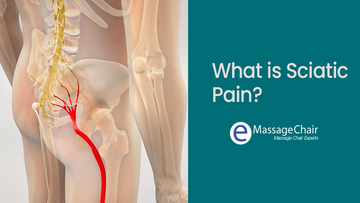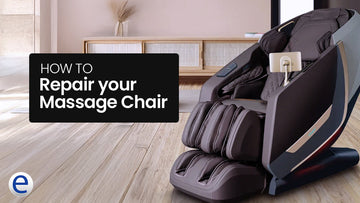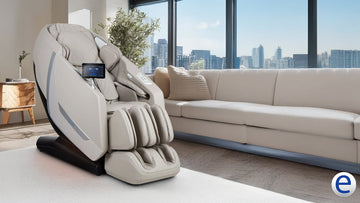Sciatic pain, an unwelcome guest in the lives of many, can disrupt daily activities and diminish overall well-being. If you're all too familiar with the shooting pains, tingling sensations, and numbness that accompany sciatica, rest assured you're not alone. In this article, we'll delve into the causes, symptoms, and effective relief strategies to help you better understand and manage sciatic pain.
Table of Contents
Understanding Sciatic Pain
The sciatic nerve, the largest nerve in your body, originates in the lower back and extends through the hips and buttocks, down each leg. When this nerve becomes compressed, irritated, or inflamed, it leads to the characteristic pain associated with sciatica. Let's explore the common causes of sciatic pain:
- Herniated Discs: A herniated or slipped disc in your spine can exert pressure on the sciatic nerve, triggering pain and discomfort.
- Spinal Stenosis: The narrowing of the spinal canal, often due to age-related changes, can lead to sciatic nerve compression.
- Piriformis Syndrome: An irritated piriformis muscle in the buttocks can cause spasms, pressing on the sciatic nerve.
- Spinal Misalignment: Poor posture, spinal curvature issues, or misalignment can contribute to sciatic pain.
- Sacroiliac Joint Dysfunction: Inflammation or dysfunction in the sacroiliac joint, connecting the spine to the pelvis, can irritate the sciatic nerve.
- Muscle Imbalances: Imbalances in muscle strength or movement patterns can place stress on the sciatic nerve.
Recognizing Symptoms
Sciatic pain is characterized by a range of symptoms, including:
- Sharp or Shooting Pain: Pain that travels from your lower back through your buttocks and down the leg.
- Numbness and Tingling: Sensations of numbness, tingling, or pins and needles in the affected leg.
- Muscle Weakness: Weakness in the leg or foot muscles, making it difficult to move.
- Difficulty Sitting or Standing: Pain worsens when sitting, standing, or walking for extended periods.
- Radiating Pain: Pain that extends to the calf, foot, or toes, following the path of the sciatic nerve.
Effective Relief Strategies
Managing sciatic pain involves addressing its root causes and adopting effective relief strategies:
- Rest and Modify Activities: Give your body time to heal by avoiding strenuous activities that worsen the pain.
- Physical Therapy: Engage in exercises that improve posture, strengthen core muscles, and correct movement patterns.
- Pain Relief Medications: Over-the-counter pain relievers or muscle relaxants can provide temporary relief.
- Hot and Cold Therapy: Alternating between heat and cold packs can help reduce inflammation and soothe discomfort.
- Epidural Steroid Injections: Medical professionals may recommend these injections to decrease inflammation around the sciatic nerve.
- Surgical Intervention: In severe cases, surgery may be considered to alleviate pressure on the sciatic nerve.
Real People, Real Struggles
Meet Sarah, a dedicated office worker who once found herself at odds with a demanding work schedule and unrelenting sciatic pain. "The pain radiating down my leg felt like a constant reminder of my limitations," she recounts.
Similarly, Mark, an avid runner, felt sidelined by sciatica after an intense workout. "I could barely walk, let alone run," he recalls.
These personal stories highlight the challenges faced by individuals grappling with sciatic pain.
Final Thoughts
Sciatic pain can significantly impact your quality of life, but understanding its causes, symptoms, and effective relief strategies can empower you to take control of your well-being. If you're experiencing persistent or severe sciatic pain, consult a healthcare professional for an accurate diagnosis and tailored treatment plan. By adopting a comprehensive approach to managing sciatica, you can look forward to a life with less pain and more vitality.





